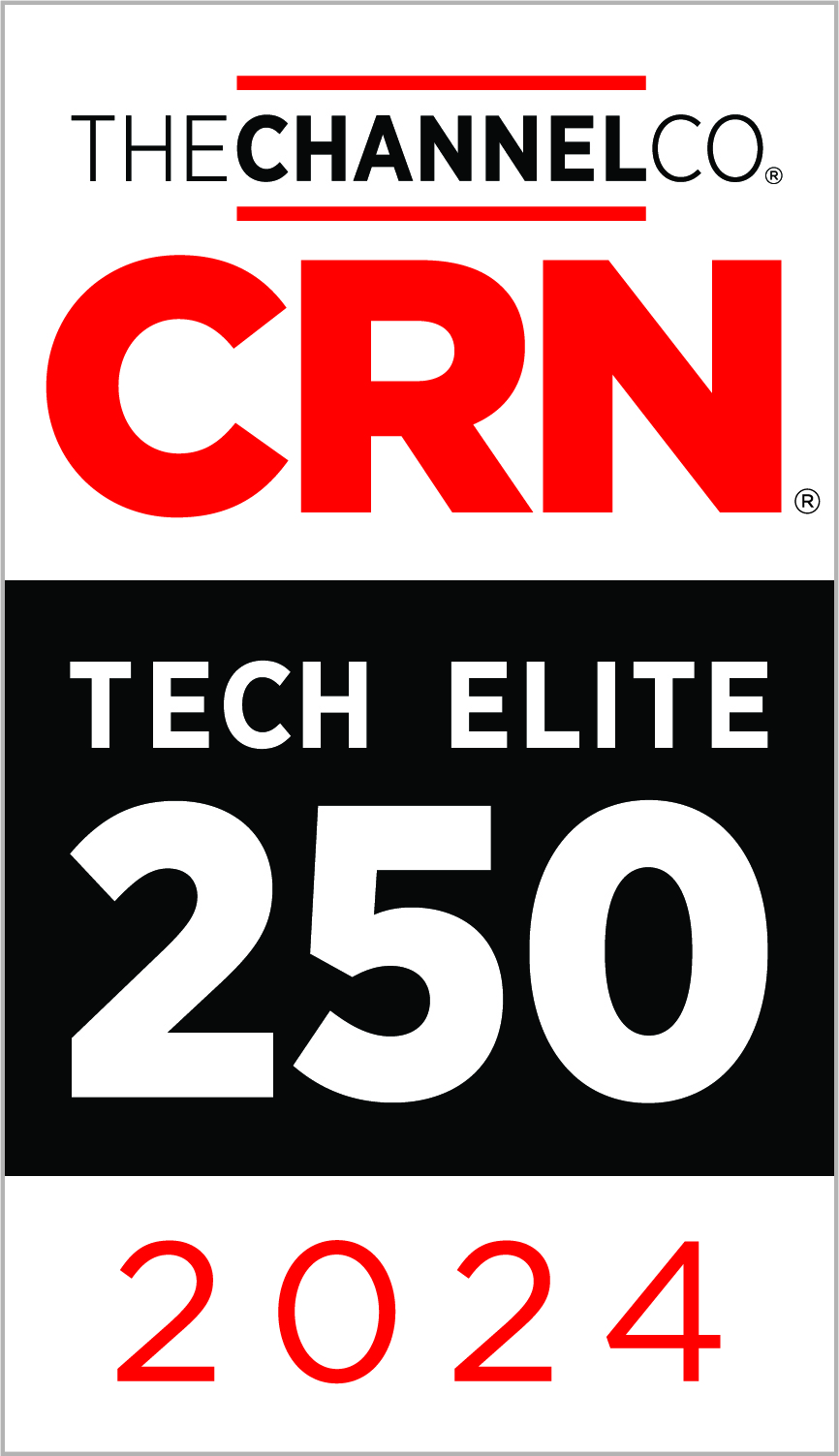CARES Act Funding to Assist with Distance Learning

The CARES Act Higher Education Emergency Relief Fund (HEER) guidelines state that funds can be allocated for any costs due to changes to the delivery of instruction due to Covid 19. Amongst other allowances, Institutions may use their funds to purchase equipment of hardware and software in support of their Distance Learning initiative.
VMware Horizon VDI- Distance Learning Portals
Zunesis is stepping in to assist our Higher Education customers. We have found that before expanding (or establishing) VMware Horizon VDI-driven learning portals, we must first shore-up the underlying infrastructure. In many instances, we find legacy hardware that is not compatible with VMWare 6.7 and higher. This is necessary to ensure a secure and robust environment capable of supporting applications such as graphics heavy applications like Adobe Creative Suite or AutoDesk. Without the hardware upgrade (Gen10 technologies, enhanced memory and GPU), the Distance Learning experience risks students dropping off when frustrated with slow rendering speeds.
Zunesis considers two major requirements in creating/expanding VMware Horizon Distance Learning portals:
- Solution must show overall ROI for Institution
- Design must showcase enhanced management efficiencies and increased security
ROI Justification
The ROI for the upgrading infrastructure to support these VDI expansions will be realized in both time and money savings for IT organizations far beyond the COVID-19 pandemic. Having all servers in a central location means easier system maintenance and upgrades. All users get each upgrade in near real-time.
IT can also assign the exact resources each user needs, so none go unused. This is especially important for engineering applications such as AutoCad, where issuing each user a workstation would be costly – and most need the app only occasionally. Virtual environments enable multiple users to share resources, thereby increasing hardware utilization. They also reduce the need to buy and support expensive workstations.
Additionally, the enhanced Distance Learning portal will enable IT departments to save money on application licensing costs. Users who need consistent access to engineering applications may get a personalized virtual desktop with their own account. Others who need only occasional access can use pooled desktops on a time-share basis. License servers here can potentially require fewer licenses while serving up client connections more efficiently.
Enhanced Management and Security
With ease of management and enhanced security a key concern, we also considered the number of improvements VMWare has made in vSphere 6.7 and HPE has made with their GEN10 Servers.
- There are a multitude of enhancements in VMWare vSphere 6.7. For busy IT teams, the update to the management console (vCenter Server 6.7) includes a new vCenter Server Hybrid Linked Mode that enables management insight across both on-premises and cloud-based resources.
- Upgrading legacy servers to HPE GEN10 technology enhances datacenter security with HPE’s Silicon Root of Trust. This protects the organization against firmware attacks. It detects previously undetectable compromised firmware or malware. It also helps to rapidly recover the server in the event of an attack.
In conclusion, the success of any Distance Learning initiative can be measured by the number of students that continue to participate. A properly designed infrastructure that can support the intensive requirements of applications will minimize downtime. It will enable thinly staffed IT departments to function efficiently.
Contact Zunesis to find out more about the CARES ACT and the best solutions for higher education needs.
Additional Resources:
Digital Transformation in Higher Education
4 Ways VMware is enabling Business Continuity for Government & Education Customers
Categories
Search
Blog Categories
Related Resources
Archives
- July 2024
- June 2024
- May 2024
- April 2024
- March 2024
- January 2024
- October 2023
- September 2023
- August 2023
- July 2023
- June 2023
- May 2023
- April 2023
- March 2023
- February 2023
- January 2023
- October 2022
- July 2022
- June 2022
- May 2022
- April 2022
- March 2022
- February 2022
- January 2022
- December 2021
- November 2021
- October 2021
- September 2021
- August 2021
- July 2021
- June 2021
- May 2021
- April 2021
- March 2021
- February 2021
- January 2021
- December 2020
- November 2020
- October 2020
- September 2020
- August 2020
- July 2020
- June 2020
- May 2020
- April 2020
- March 2020
- February 2020
- January 2020
- December 2019
- November 2019
- October 2019
- September 2019
- August 2019
- July 2019
- June 2019
- May 2019
- April 2019
- March 2019
- February 2019
- January 2019
- December 2018
- November 2018
- October 2018
- September 2018
- August 2018
- July 2018
- June 2018
- May 2018
- April 2018
- March 2018
- February 2018
- January 2018
- December 2017
- November 2017
- October 2017
- September 2017
- August 2017
- July 2017
- June 2017
- May 2017
- April 2017
- March 2017
- February 2017
- January 2017
- December 2016
- November 2016
- October 2016
- September 2016
- August 2016
- July 2016
- June 2016
- May 2016
- March 2016
- February 2016
- January 2016
- December 2015
- October 2015
- September 2015
- August 2015
- July 2015
- June 2015
- May 2015
- April 2015
- March 2015
- February 2015
- January 2014
- February 2013




